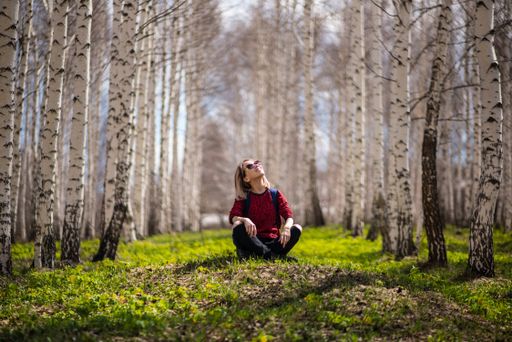Why Are Alaska’s Rivers Turning Orange?
Streams in Alaska are turning orange with iron and sulfuric acid. Scientists are trying to figure out why

The Alarming Changes in Alaska's Rivers
Alaska's Kobuk Valley National Park is home to some of the most unspoiled nature in the United States. However, scientists have noticed a concerning change in the streams in this area. The water in these streams has turned orange, resembling carrot juice, and has a gasoline-like sheen on the surface. Ecologists have measured extremely low levels of dissolved oxygen and an acidic pH that is 100 times more acidic than the river it flows into. This change is not limited to one stream; it is happening to rivers and streams throughout the Brooks Range in Alaska and potentially in other parts of the Arctic as well.
The ultimate cause of this phenomenon is believed to be climate change. The warming temperatures have caused permafrost thaw in the region, which has led to the release of iron minerals and acid into the water. This change is having a detrimental effect on the rivers and the ecosystems they support. Fish and other aquatic life are being impacted, and the water is no longer safe to drink. The rivers that were once known for their exceptional clarity and beauty are now being described as collapsing ecosystems.
Scientists are working to understand the specific mechanisms behind this orange coloring of the rivers. One hypothesis suggests that acid from minerals is leaching iron out of the exposed bedrock, while another hypothesis suggests that bacteria are mobilizing iron from the thawing wetlands. Researchers are conducting comprehensive sampling of the rivers to gather data and determine the extent of the problem. Understanding why the rivers are turning orange is crucial for finding ways to mitigate the ecological impact and help the communities that depend on these rivers for fish and drinking water.
Permafrost Thaw and Rusting Rivers
The process of permafrost thaw in Alaska's Brooks Range is leading to the rusting of rivers. Permafrost is a layer of frozen earth that normally remains frozen year-round. However, as temperatures rise, the permafrost is starting to thaw, causing significant changes to the environment. The thaw has led to the release of iron minerals and acid into the water, giving the rivers an orange color. This change is not only affecting the rivers themselves but also the fish and other wildlife that depend on them, as well as the communities that rely on these rivers for their livelihoods.
Scientists have observed that the rusting of rivers is happening at an alarming rate in the Brooks Range. Over 75 rivers and streams have turned orange in the past five to 10 years, and similar changes are likely occurring in other parts of the Arctic region. The extensive permafrost thaw in the Brooks Range is driving the rusting of the rivers, and the warming temperatures are expected to continue exacerbating this problem. This has significant implications for the future of the region and the communities that call it home.
The rusting of rivers is a clear indication of the far-reaching effects of climate change. The changes in temperature are causing the release of minerals and acid into the water, dramatically altering the ecosystems and posing risks to human health. It is crucial for scientists to understand the mechanisms behind this phenomenon in order to develop strategies for adaptation and mitigation. The rusting of rivers serves as a stark reminder of the urgent need to address climate change and its impacts on our planet.
The Impact on Wildlife and Communities
The rusting of rivers in Alaska's Brooks Range is not only a concern for the environment but also for the wildlife and communities that depend on these rivers. The fish and other aquatic life in these rivers are being severely impacted by the changes in water quality. The orange color of the water is a result of the release of iron minerals and acid, which can smother invertebrates and hinder the respiration of fish. This can lead to a decline in fish populations and disrupt the entire food chain.
In addition to the ecological consequences, the rusting of rivers also poses risks to human health. Many communities in the Brooks Range rely on these rivers for their drinking water, and the water is no longer safe to consume. This has serious implications for the health and well-being of these communities. Furthermore, the rusting of rivers threatens the cultural and economic practices of Alaska Native villages that have relied on these rivers for centuries.
Addressing the rusting of rivers in Alaska's Brooks Range requires a multi-faceted approach. Scientists are working to understand the mechanisms behind this phenomenon and develop strategies for adaptation and mitigation. Efforts to reduce carbon emissions and combat climate change are crucial to preventing further damage to these rivers and the ecosystems they support. Additionally, communities need support and resources to find alternative sources of drinking water and adapt to the changing environment. The rusting of rivers serves as a stark reminder of the importance of protecting our natural resources and taking action to preserve the planet for future generations.

